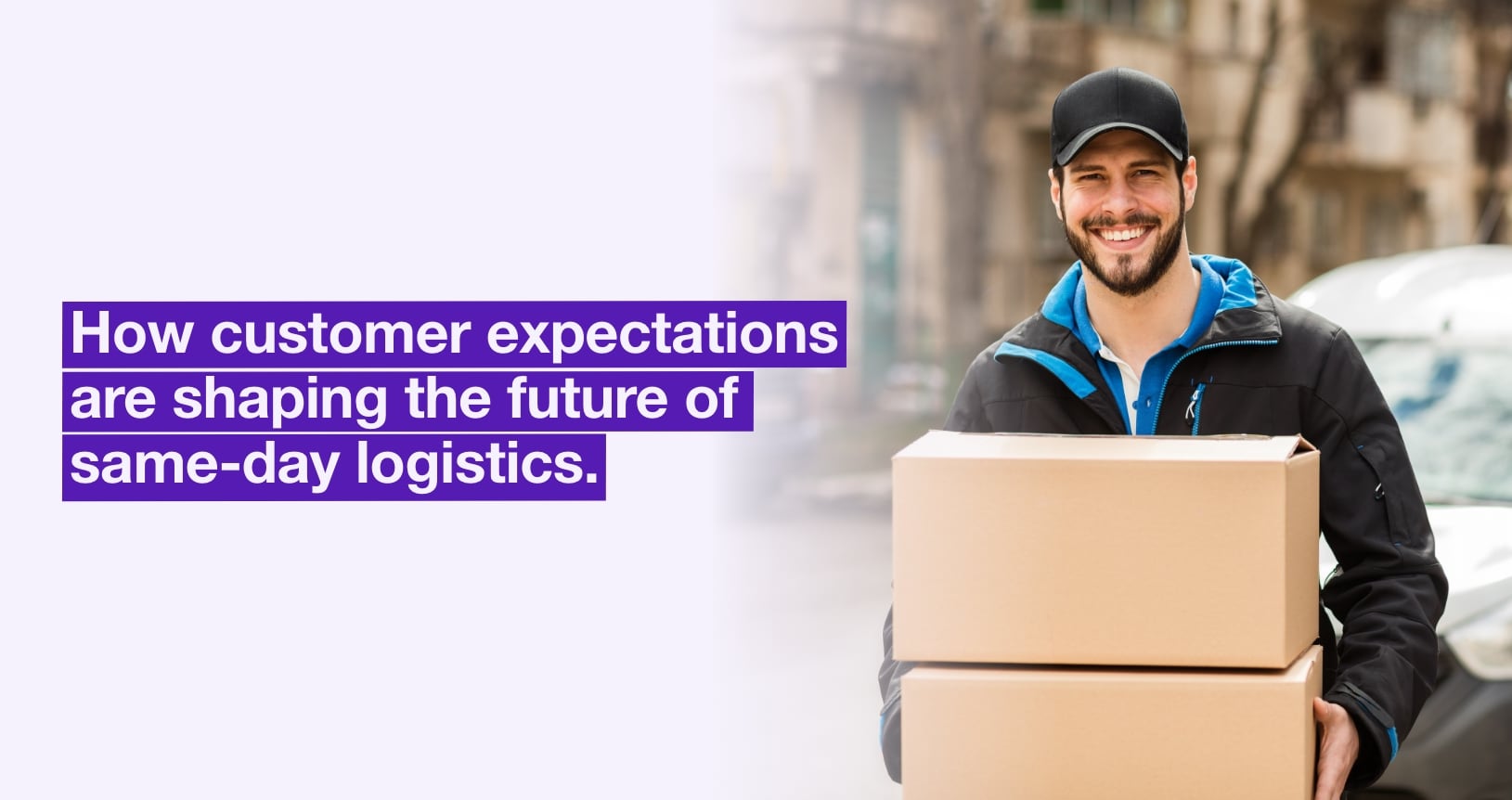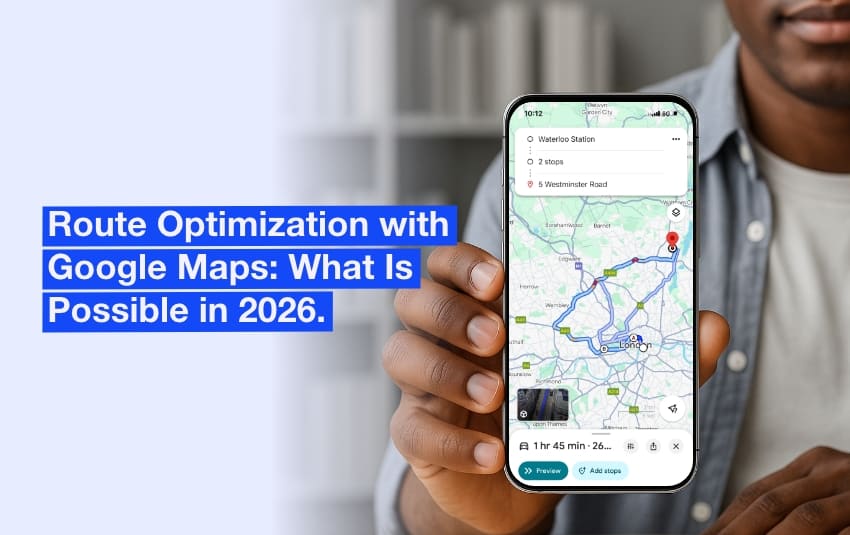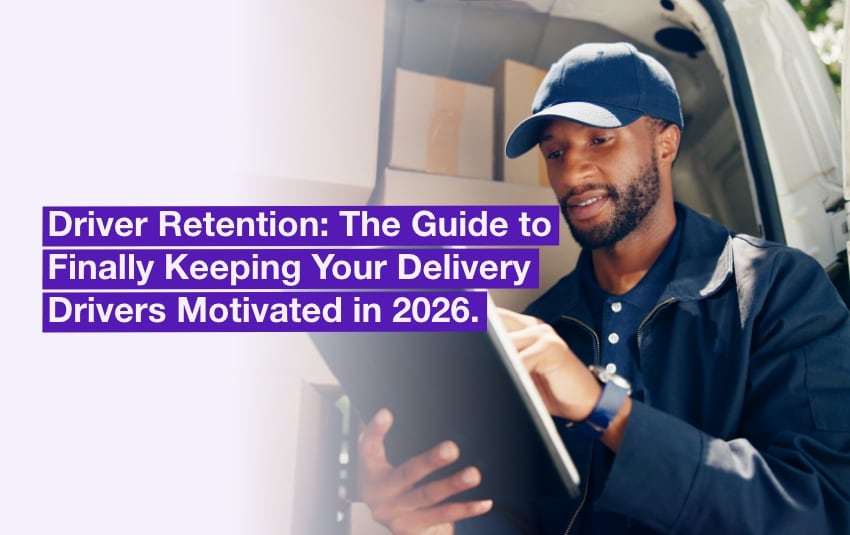How customer expectations are shaping the future of same-day logistics
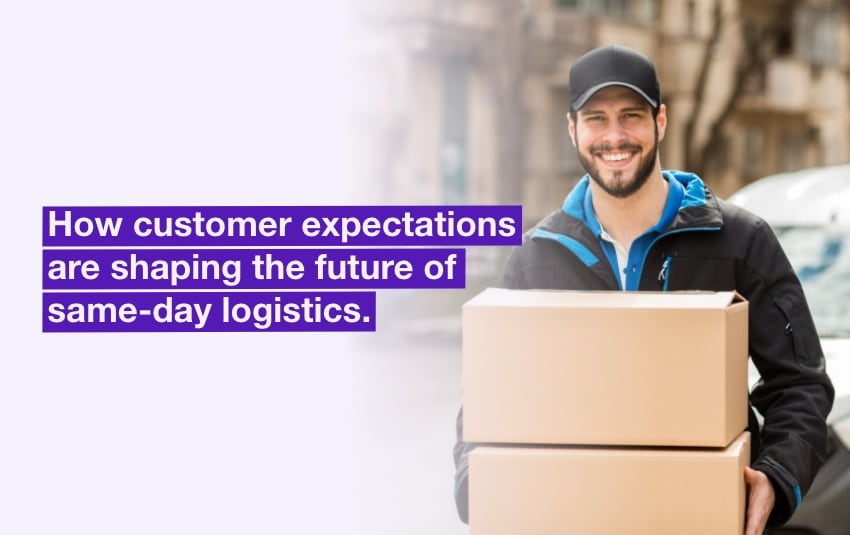
Once seen as a top-of-the-range service, same-day delivery is now becoming the standard. Boosted by giants like Amazon, it is redefining consumer expectations and new consumer habits. Speed is no longer a luxury, but a non-negotiable expectation.
But behind this attractive promise lies a complex logistics reality. The last mile, the most expensive link in the chain, accounts for a significant proportion of shipping costs. With urban congestion, driver shortages and environmental pressures, companies have to deliver ever faster without adding to their costs or their carbon footprint.
To meet this challenge, they are relying on artificial intelligence, route optimisation and micro-execution centres. The aim is to speed up deliveries while keeping resources under control. But is it really possible to combine speed, profitability and sustainability? This article explores the challenges and solutions of a model undergoing radical change.
Table of contents:
- Instant delivery: a requirement that has become the norm
- The logistics challenge: why is same-day delivery such a headache?
- Route optimisation: the key to fast, cost-effective delivery
- Customer communication: managing expectations effectively
- Speed and sustainability: mission impossible? Not necessarily.
- Future trends: What does the future hold for last-mile logistics?
Instant delivery: a requirement that has become the norm
Constantly changing customer expectations
Receiving a parcel in a few hours used to be the stuff of science fiction. Today, it’s a reality. In a world where everything is just a click away, waiting is becoming a source of frustration. If a series, a response or a payment can be instantaneous, why not an online order?
85% of European customers consider speed of delivery to be a decisive purchasing criterion, according to an Ipsos study, and 57% of frequent e-consumers expect same-day delivery. But speed is no longer enough. Shoppers also want control: choice of time slots, real-time tracking, and above all, no extra charges. Now, convenience and immediacy are as important as price. Companies no longer have a choice: adapt or become obsolete.
Speed yes, but at what price?
The paradox is striking: In France, 81% of consumers are prepared to change site to benefit from a better delivery option, but only 37% would agree to pay more.
This figure reveals a high level of expectation, but also a psychological threshold that must not be crossed: instant delivery is perceived as something to be taken for granted, rather than as a premium service. For companies, the challenge is clear: offer speed and flexibility without passing on the costs to the customer.
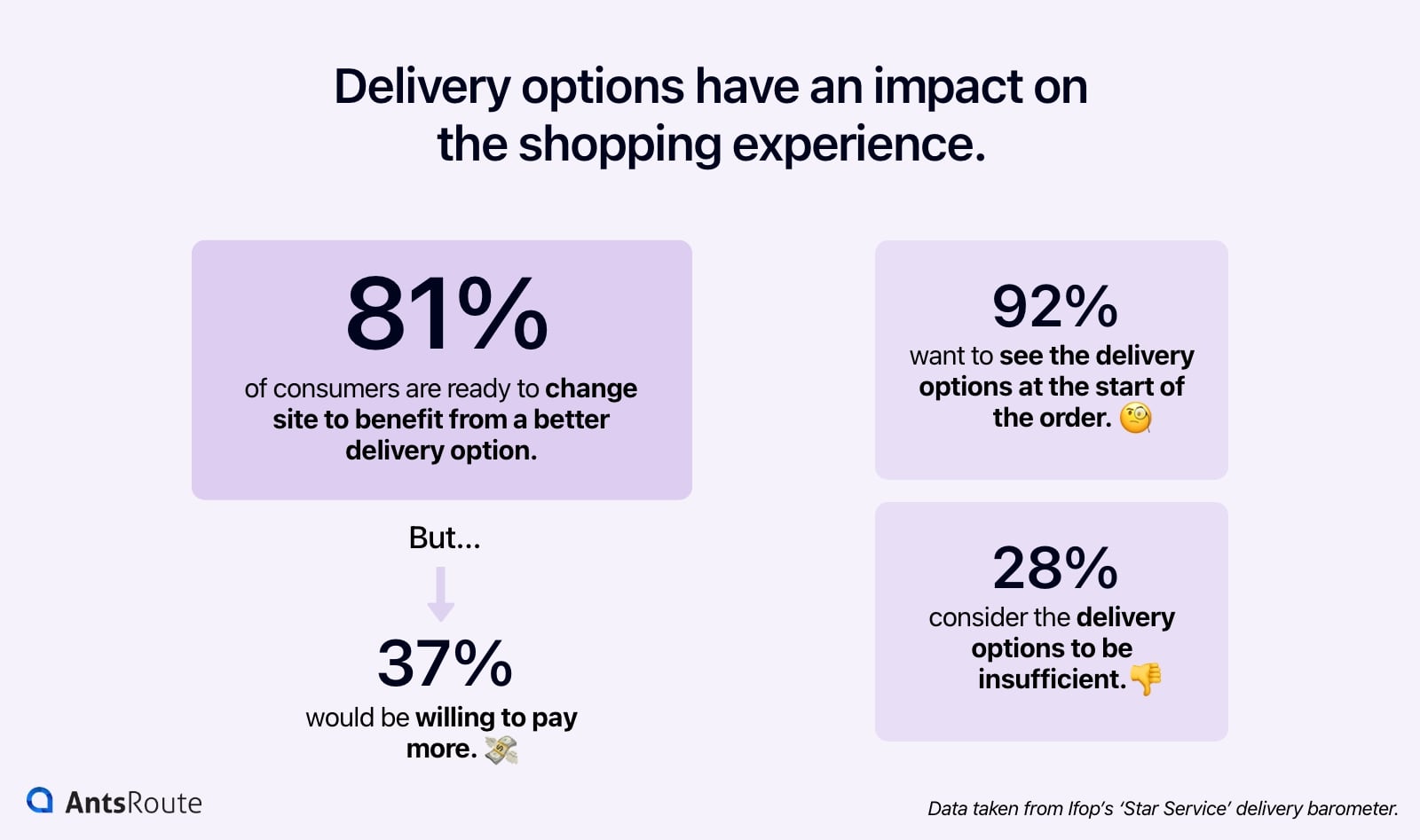
The impact of delivery options on the shopping journey.
Which sectors are most affected?
Express delivery not only speeds up the purchasing process, it is also profoundly transforming certain sectors:
- Food industry: The rise of platforms such as Uber Eats is imposing ultra-short deadlines, forcing local shops and supermarkets to review their logistics organisation.
- Fashion and retail: Impulse buying no longer tolerates waiting. Trying on, exchanging or returning an item must be almost instantaneous, pushing brands to record delivery times.
- Pharmacy: Express delivery of medicines is becoming an imperative, particularly for dependent people, encouraging pharmacies to digitalise their services.
In these sectors, speed of delivery is no longer a competitive advantage but a necessity.
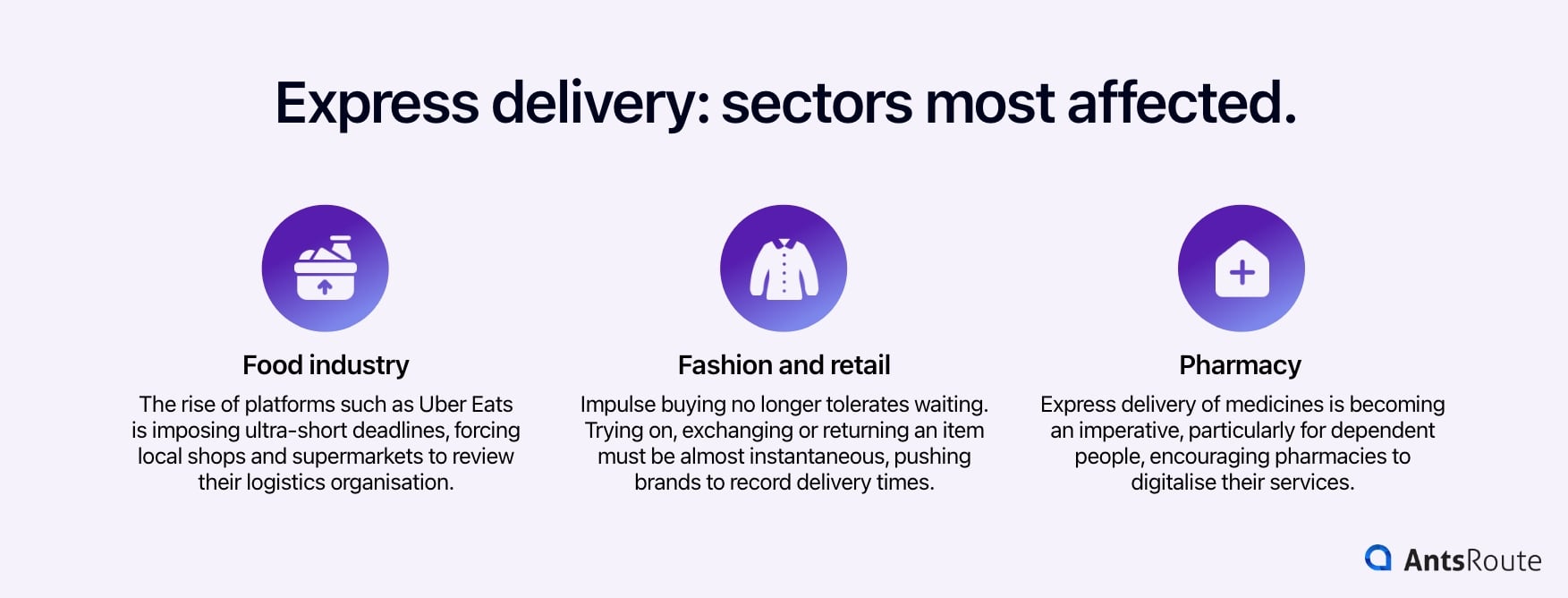
The sectors most affected by express delivery.
How are companies adapting?
Faced with this growing pressure, some retailers have been able to innovate. One example is Walmart in the United States, which has completely rethought its logistics to ensure same-day deliveries. The retailer has invested heavily in micro-fulfilment centres, small automated warehouses located in urban areas. Thanks to these infrastructures, Walmart can process and dispatch local orders in record time, considerably reducing delivery times. This initiative enables it to remain competitive with e-commerce giants such as Amazon.
The logistics challenge: why is same-day delivery such a headache?
Promising same-day delivery means juggling speed with increasingly complex logistical constraints. Every minute counts, and the slightest flaw can compromise the customer experience. But why is this promise so hard to keep?

The logistics challenges of same-day delivery.
1. The last mile: the speed bottleneck
This is the black point of all express deliveries. Accounting for up to 50% of shipping costs, this final stage is also the most unpredictable: traffic jams in town, restricted access to buildings, scattered deliveries… The result? Longer waiting times and skyrocketing costs. Only rigorous optimisation of routes and itineraries can limit these obstacles.
2. Optimising inventories: a risky gamble
Delivering immediately means very precise inventory management, with strategically placed warehouses in urban areas or local micro-hubs. Too much inventory? Unnecessary costs. Too little? Frustrating stock-outs. The key? Precise anticipation of orders thanks to AI and predictive analysis.
3. A shortage of drivers is slowing the pace
With the boom in e-commerce, the demand for drivers continues to grow, but the sector is struggling to recruit. Less workforce means less flexibility and higher delivery costs. Some companies rely on freelance drivers, while others prefer to bring their teams in-house to guarantee a stable, controlled service.
4. Soaring costs to keep the promise
Unlike 48-hour deliveries, which enable routes to be optimised, same-day delivery requires dedicated staff, immediately available vehicles and advanced technologies. Without effective automation, costs quickly become excessive.
5. Ever more demanding customers
44% of shoppers abandon their shopping baskets if the delivery options do not suit them. They demand precise delivery times, real-time tracking and a service without extra costs. A simple mistake can have an impact on customer satisfaction and loyalty.
Take the example of Dans L’R du Temps, a company specialising in the delivery of heavy goods. It was experiencing difficulties in ensuring same-day deliveries. Without an effective solution, delays were increasing, slot management was laborious and customers were less satisfied. By integrating AntsRoute, the company has restructured its operations and now offers delivery slots until 10pm for all orders placed before midday.
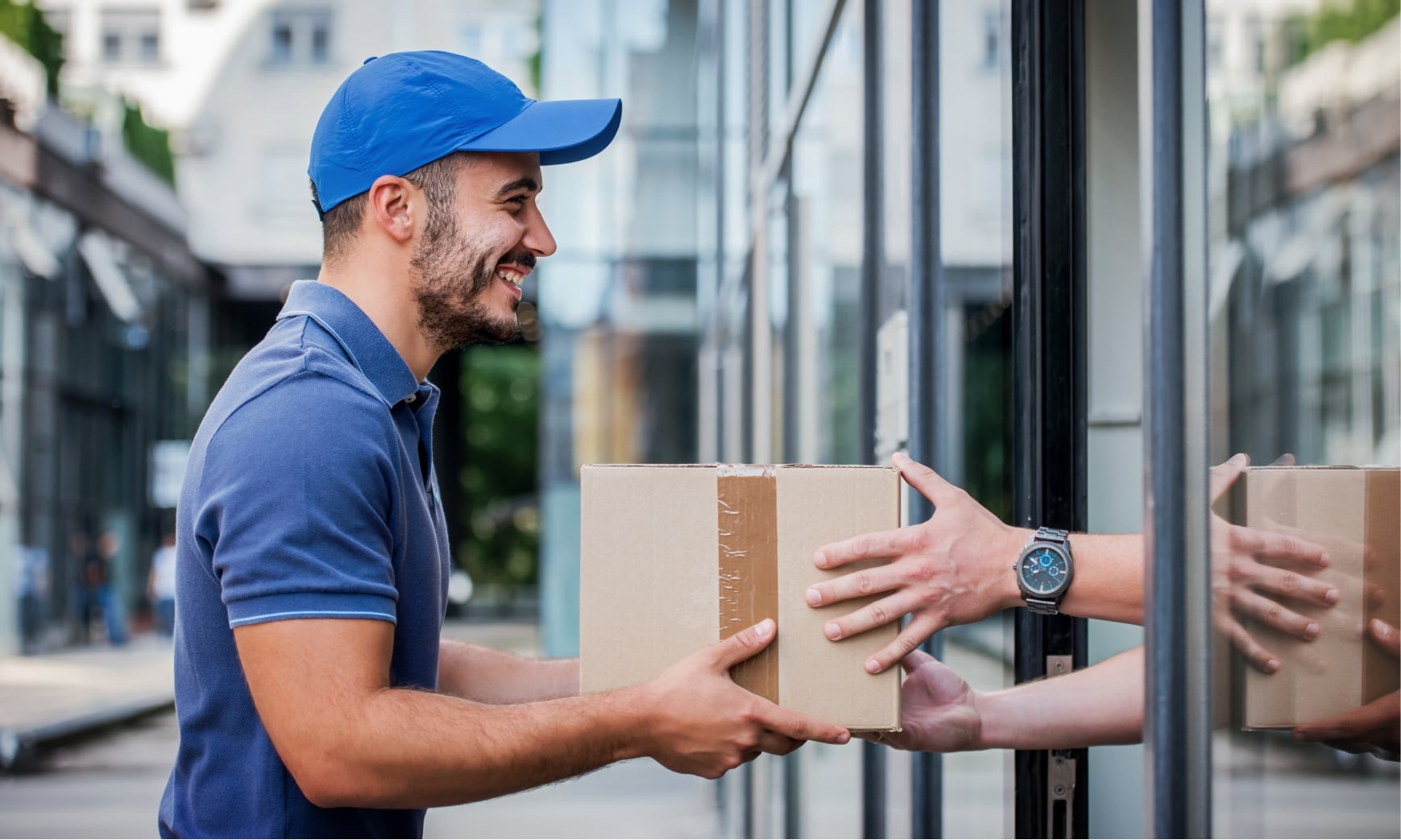
Customers require a precise time slot and real-time delivery tracking.
Route optimisation: the key to fast, cost-effective delivery
Why is simply optimising journeys no longer enough?
Many route optimisation solutions are limited to static distance calculations. The result: inefficient routes as soon as something unexpected happens. Traffic jams, changes to orders, tight delivery slots… These constraints require real-time responsiveness and detailed consideration of logistics parameters.
Automation and artificial intelligence: a winning combination
Artificial intelligence and automation transform route optimisation into a predictive and reactive tool. Unlike traditional systems, AntsRoute constantly adjusts routes based on real-time data, ensuring:
- Dynamic recalculation of routes in the event of unforeseen circumstances (delays, cancellations, changes to orders).
- Intelligent management of time slots according to customer preferences and constraints in the field.
- Anticipation of traffic conditions (traffic, restricted areas, weather conditions).
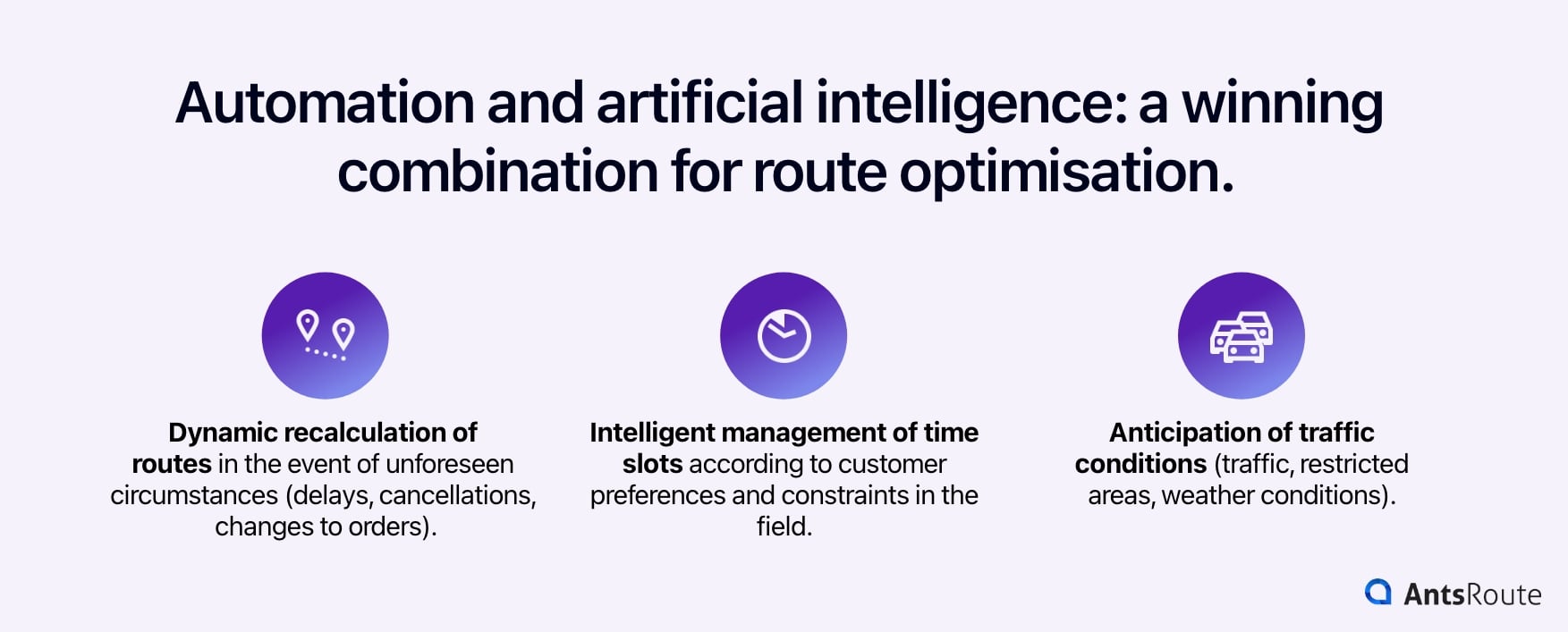
Artificial intelligence and automation are transforming route optimisation.
Rather than assigning each journey manually, AntsRoute automates the distribution of deliveries by instantly analysing hundreds of parameters (number of parcels, distances, time slots, etc.). This approach not only optimises routes, but also improves profitability and customer satisfaction.
The example of the start-up Delivening is a perfect illustration of the impact of intelligent route optimisation. Thanks to our software, it has improved its performance:
- ✓ 45% more deliveries than its previous management system.
- ✓ Time slot compliance of over 98%, improving the customer experience.
Real-time monitoring for greater flexibility
Fast delivery is no longer enough: customers want control. A simple delay or lack of information can impact the user experience and damage customer loyalty. With AntsRoute, every customer benefits from highly accurate tracking with real-time notifications, the ability to change their delivery slot and an updated estimated time of arrival (ETA).
According to Uber Direct and Ipsos, 84% of consumers consider reliability and real-time tracking to be essential criteria when choosing a delivery service.
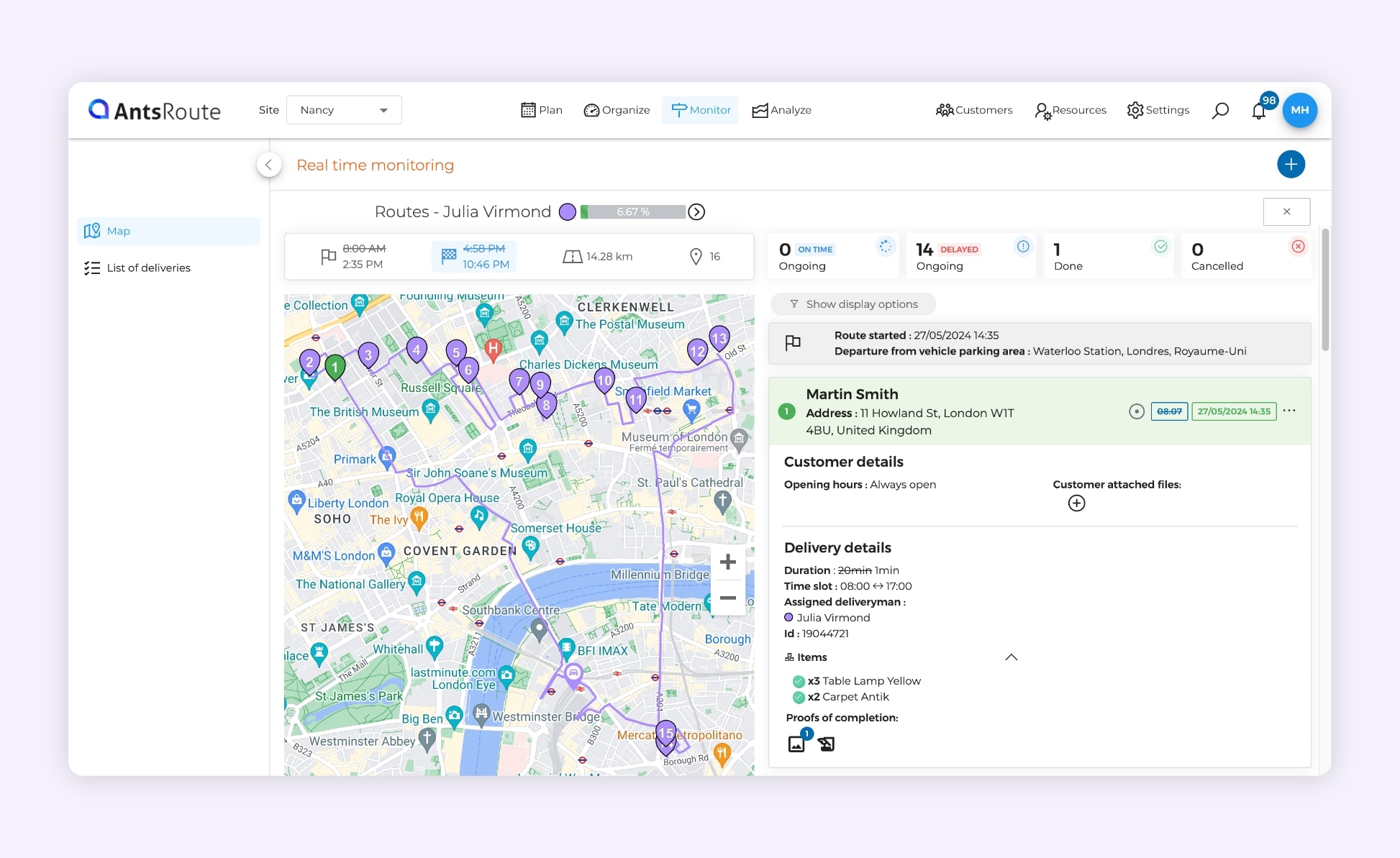
Real-time tracking of a route on AntsRoute.
A powerful lever for reducing costs
In addition to speed and flexibility, route optimisation has a direct impact on profitability. Thanks to better planning and a reduction in the distances travelled :
- Less fuel consumed.
- Fewer vehicles and drivers.
- Fewer missed deliveries and costly rescheduling.
The result? A significant reduction in operating costs, making it easier to absorb the investment required for same-day delivery.

The impact of route optimisation on profitability.
Can technology solve everything?
While algorithm-based optimisation makes for greater efficiency, human expertise remains essential to manage unforeseen events (breakdowns, delivery errors, specific customer requests) and ensure a quality service. The combination of technology + field expertise therefore remains the best approach to meeting the challenge of same-day delivery.
Customer communication: managing expectations effectively
What sets a company apart is its ability to inform, reassure and adapt to its customers’ expectations. Effective communication transforms this express service into a genuine competitive advantage, reducing consumer uncertainty and improving the user experience.
Why is transparency essential?
When customers opt for same-day delivery, they expect much more than just on-time delivery: they want control, visibility and flexibility. A lack of precise information about the status of their order can lead to frustration and even abandonment of the purchase. In this context, being proactive is key. Rather than waiting for a complaint in the event of a delay, companies need to take the lead by informing their customers before they even start to worry.
The new rules for real-time customer tracking
Traditional tracking has evolved. Today, some companies go beyond simple order status to offer a fluid and interactive experience:
- Precise tracking with live updates: customers know exactly where their parcel is and can anticipate when it will arrive.
- Personalised notifications: Rather than a simple ‘Your parcel is on its way’, alerts provide information on the progress of the journey, any delays or a change of delivery driver.
- Reactive: If a problem arises, the algorithm immediately readapts the route, without the need for manual intervention.
Faced with strong growth in demand and high expectations in terms of speed and precision, FBP Médical integrated AntsRoute to modernise its customer care. The result? A quantum leap in reliability and customer satisfaction. “With the live agent tracking link on the map, I can achieve the most advanced standards in terms of delivery. FBP Médical can achieve the same level of customer satisfaction as major operators such as Amazon, Ikea, Carrefour, etc.”, explains Tanguy Rossier, FBP Médical’s Deputy Managing Director.
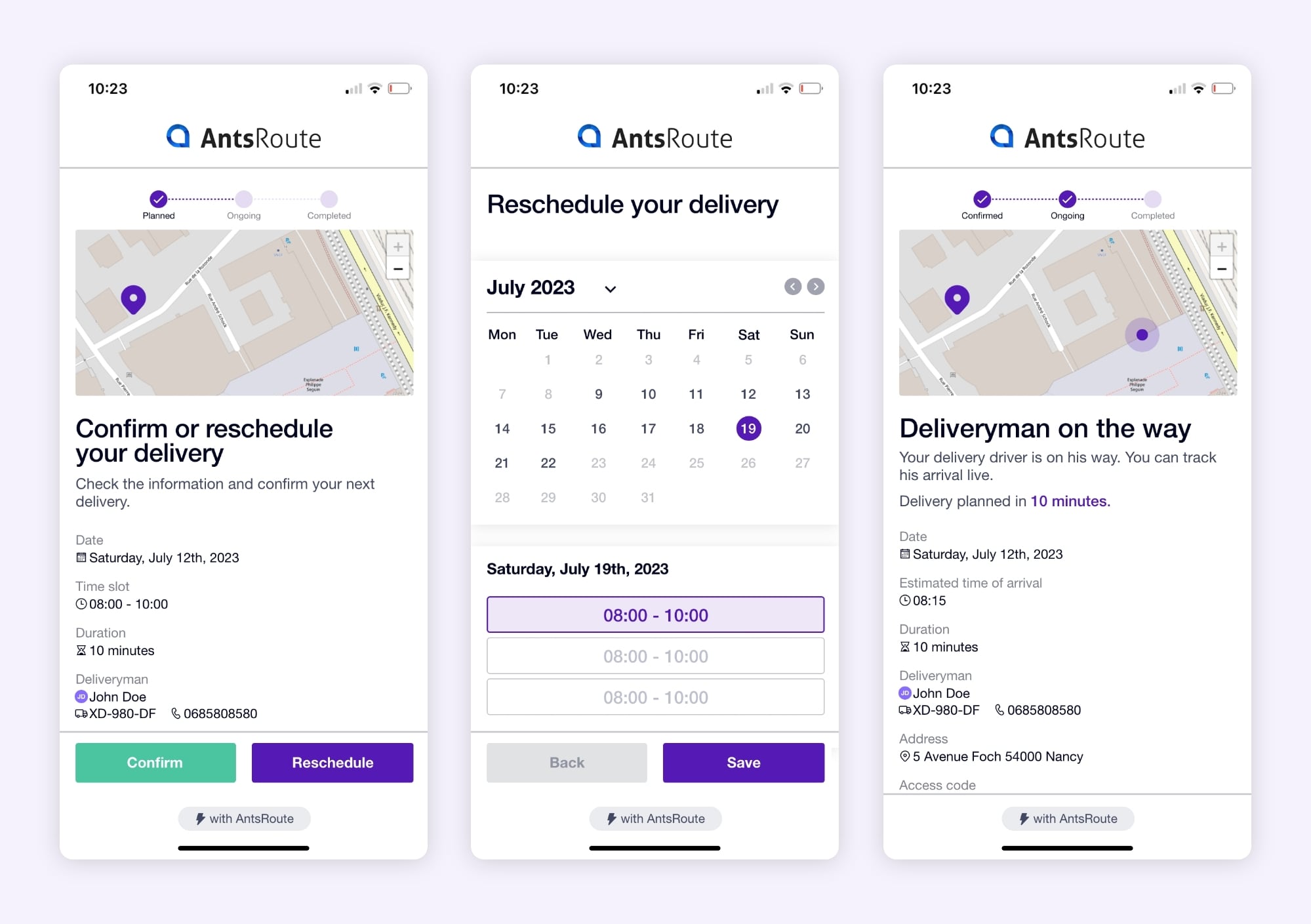
AntsRoute link enabling customers to reschedule and track their deliveries online.
Communication to boost profitability
Proactive customer relationship management not only improves the user experience, it also optimises costs and logistics.
- Fewer after-sales calls due to delays and follow-up requests.
- Fewer delivery failures thanks to better anticipation of time slots.
- Increased customer loyalty: an informed customer is a satisfied customer who is more likely to come back.
According to Uber Direct and Ipsos, 70% of e-consumers consider the accuracy of delivery times to be a key criterion.
Speed and sustainability: mission impossible? Not necessarily.
Fast delivery has become an imperative for logistics and e-commerce companies. But this quest for speed comes at a cost: rising CO2 emissions, urban congestion and excessive energy consumption. Is it really possible to reconcile speed and respect for the environment without compromising delivery efficiency?
Why are express deliveries an environmental challenge?
Traditional logistics are not suited to urgent deliveries. In order to deliver in record time, many journeys are made with partially-filled vehicles, increasing CO2 emissions and traffic jams.
Here are some key figures:
The freight accounts for up to 40% of urban transport’s emissions of CO2 in Europe.
In urban areas, 30% of road congestion is due to last-mile e-commerce deliveries.
Practical solutions for greener logistics
Adopting a more sustainable approach does not mean slowing down deliveries, but rather optimising them intelligently. Here are a few ideas:
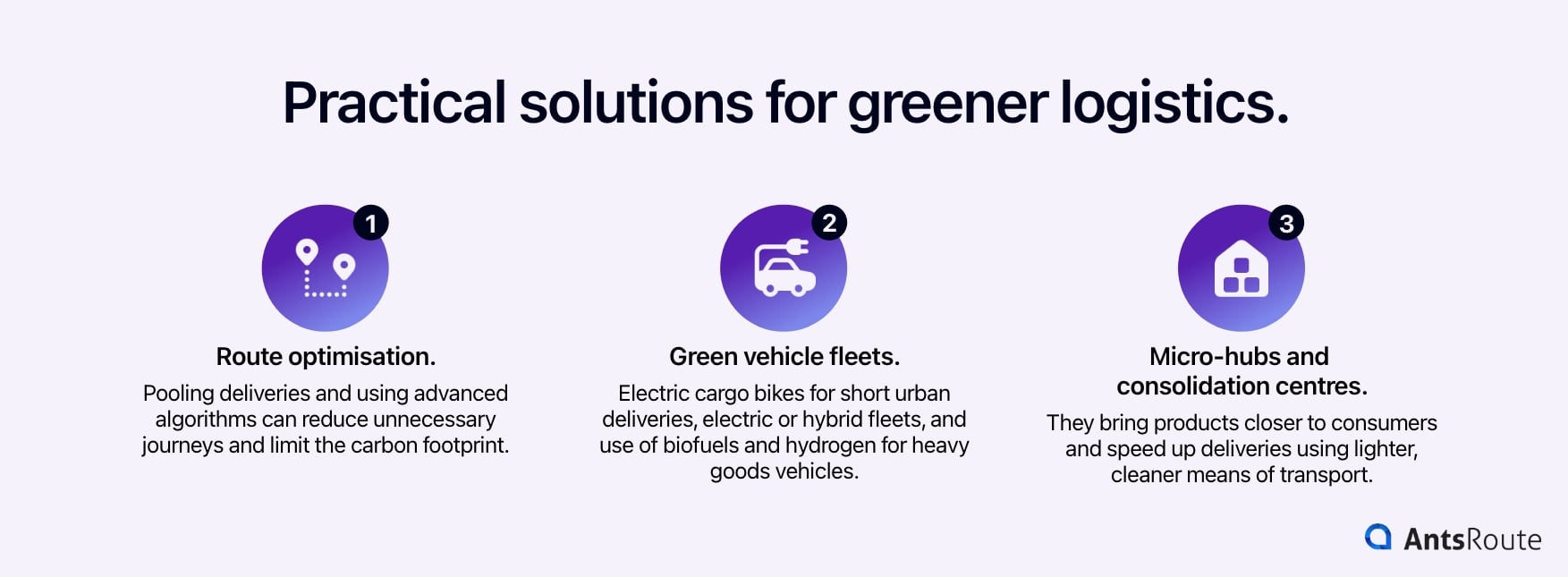
Three practical solutions for greener logistics.
1. Route optimisation:
Pooling deliveries and using advanced algorithms can reduce unnecessary journeys and limit the carbon footprint.
2. Green vehicle fleets:
The future of the last mile lies in less polluting alternatives:
- Electric cargo bikes for short urban deliveries.
- 100% electric or hybrid fleets to reduce CO2 emissions.
- Use of biofuels and hydrogen for heavy goods vehicles.
3. Micro-hubs and consolidation centres:
Rather than shipping each parcel from a centralised warehouse, urban storage micro-hubs bring products closer to consumers and speed up deliveries using lighter, cleaner means of transport.
Amazon has invested in micro-fulfilment centres right in the heart of cities, reducing delivery distances and encouraging the use of electric vehicles.
Décathlon is investing in logistics hubs, where parcels are grouped together before being delivered, optimising vehicle capacity and reducing empty journeys.
These initiatives prove that speed and sustainability are not mutually exclusive. On the contrary, they are mutually reinforcing when companies adopt rethought logistics and appropriate technologies.
Future trends: What does the future hold for last-mile logistics?
Total autonomy: vehicles and drones at the forefront
Are human delivery drivers doomed to disappear? With the rise of autonomous vehicles and drones, this question is becoming increasingly legitimate.
Amazon, Wing (an Alphabet subsidiary) and UPS are already experimenting with drone delivery for light parcels, facilitating access to remote areas and limiting road congestion. At the same time, autonomous delivery robots, such as those developed by Startship Technologies, are able to navigate in urban environments, delivering orders without human intervention.
Why is it disruptive?
- Lower operating costs, because no more drivers to pay.
- Continuous 24/7 deliveries, with no time constraints.
- Drastically reduced carbon footprint in the last mile.
However, regulations remain a major obstacle, particularly in terms of safety and integration into urban infrastructures.

Integrating drones into delivery routes.
AI and predictive logistics: a step ahead on demand
Artificial intelligence is no longer limited to route optimisation: it can anticipate orders even before they are placed. How does it work?
- Analysis of purchasing habits to prepare inventory in advance.
- Intelligent real-time warehouse management.
- Dynamic adjustment of routes according to traffic conditions and weather forecasts.
With the shortage of drivers and soaring fuel costs, crowdshipping delivery is becoming a viable alternative. The concept is simple: pool existing resources to optimise logistics. This approach considerably reduces unnecessary mileage, while maintaining a rapid delivery rate. This is the case with Carrefour and Uber Eats, who have set up a partnership enabling customers to order and receive their groceries in less than 30 minutes, using a network of delivery drivers already in the field.
Why does it work?
- Greater flexibility: delivery staff are available on demand.
- Reduced costs: existing infrastructure is used to the maximum.
- Reduced environmental impact: routes are better optimised.
Don’t wait any longer to try out our route optimisation software and get access to every function for offering same-day delivery. Take advantage of our free trial!
WRITTEN BY
Florine Martin
Florine has been a freelance web copywriter since 2021, writing for a variety of clients in a range of sectors. Since the beginning of 2024, she has been writing articles about logistics for our company, AntsRoute.
Free 7-day trial | No credit card required
Contenu
- Instant delivery: a requirement that has become the norm
- Constantly changing customer expectations
- Speed yes, but at what price?
- Which sectors are most affected?
- How are companies adapting?
- The logistics challenge: why is same-day delivery such a headache?
- 1. The last mile: the speed bottleneck
- 2. Optimising inventories: a risky gamble
- 3. A shortage of drivers is slowing the pace
- 4. Soaring costs to keep the promise
- 5. Ever more demanding customers
- Route optimisation: the key to fast, cost-effective delivery
- Why is simply optimising journeys no longer enough?
- Automation and artificial intelligence: a winning combination
- Real-time monitoring for greater flexibility
- A powerful lever for reducing costs
- Can technology solve everything?
- Customer communication: managing expectations effectively
- Why is transparency essential?
- The new rules for real-time customer tracking
- Communication to boost profitability
- Speed and sustainability: mission impossible? Not necessarily.
- Why are express deliveries an environmental challenge?
- Practical solutions for greener logistics
- 1. Route optimisation:
- 2. Green vehicle fleets:
- 3. Micro-hubs and consolidation centres:
- Future trends: What does the future hold for last-mile logistics?
- Total autonomy: vehicles and drones at the forefront
- AI and predictive logistics: a step ahead on demand
- Crowdshipping and Crowdsourced Delivery: the future of shared transport?


